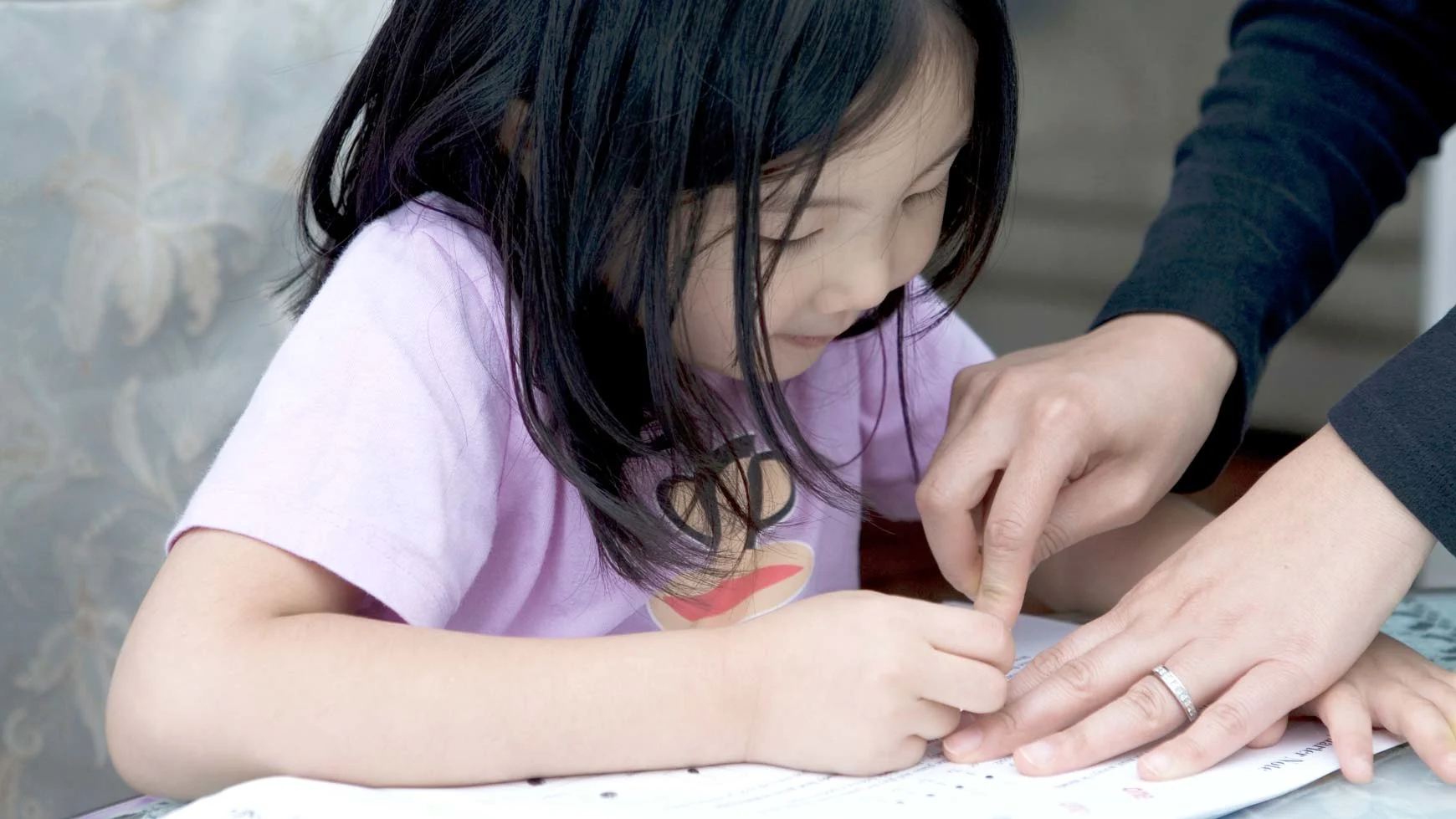Barton System: What you need to know

At a glance
The Barton System uses an Orton–Gillingham approach to reading instruction.
It was created to help students with dyslexia.
It is designed so that non-professionals can use it to teach students.
The Barton System is a teaching method created for students with . It’s one of several reading programs that are based on the highly structured Orton–Gillingham approach. But it’s aimed at a somewhat different audience.
Barton was designed to be used by people without educational training. It comes with videos that explain how to teach each lesson. And it offers free, unlimited phone and online support. Lessons are highly structured and carefully scripted.
What it focuses on
Like other programs based on Orton–Gillingham, Barton is “multisensory.” It uses all the senses to help kids make connections between sounds and words.
Barton encourages one-on-one teaching for best results. The maximum number of students working with one instructor is three.
It spends more time than most programs on spelling. It also goes beyond reading basics. To help students build vocabulary, for example, advanced levels teach Latin roots (such as ambi indicating both, as in ambidextrous) and Greek combining forms (such as phobia indicating a fear of something).
Barton aims to take the guesswork out of reading and spelling. It does this by having students memorize rules and practice using them with real and nonsense words.
Where to find it
Barton was developed in California and is best known in the West. Its small-group requirement makes it impractical for most public schools. Half of the people who buy the Barton System are parents who are homeschooling or tutoring their own struggling readers. This requires a significant time commitment that may not be practical for everyone.
If you’re looking for a tutor who uses the Barton method, ask if the tutor has been certified by Barton. Certification indicates professional training that goes beyond the instruction provided in the basic Barton program. You can find a directory of certified tutors on the Barton System website.
Who it’s for
Barton was created for students with dyslexia. It’s particularly good for students who have ongoing difficulty with spelling.
Students must be able to tell the difference between sounds in spoken language to use Barton. Kids with can try a different program, like the Lindamood–Bell Program, to develop this skill first.
Barton also does not emphasize . So it may also not be the best choice for students who need to focus on this skill.
How it works
Before they start the program, students are screened to ensure they have the basic skills they need to succeed. There are 10 levels in the program. All students start at the same level and follow the same, scripted teaching plan.
A typical session is one-on-one and lasts about one hour. Barton uses color-coded letter tiles to help students connect sounds with letters. Each lesson has 18 steps, and activities change about every five minutes. If a student can’t complete the eight steps within an hour, the lesson continues at the next session.
Students are assessed at the end of each level. They don’t move on unless they show mastery of what they have been taught. It can take between two and four years of twice-weekly sessions for students to complete all 10 levels.
The Barton System is expensive. But it can be bought used or sold once a student completes it. Barton provides unlimited support, regardless of whether the program is purchased new or used.
Using Barton at home
Some parents can have great success using a highly structured program like Barton. But others might run into difficulties. Most parents don’t have enough knowledge to adjust the program to meet their child’s needs if it isn’t working. If your child gets frustrated or doesn’t seem to be making progress, it’s a good idea to talk to a professional.
If you start using a program like Barton at home, it’s important to tell your child’s teacher. Talk about how the program fits in with the overall plan for your child’s reading and spelling instruction. Using two similar but different programs — one at school and one at home — can be confusing to a child. Especially a child who is already frustrated.
If your child is having trouble reading, it’s important to know why. The best way of finding out is by having your child fully evaluated for learning and thinking differences.
It also helps to learn about other reading programs that are available. Some of these are provided free at school if your child qualifies for . You may not be able to choose the particular program a school or tutor uses. What matters most is that the program uses an Orton–Gillingham approach.
Key takeaways
Students must be able to tell the difference between sounds to use Barton.
Half of the people who buy Barton are parents who are homeschooling or tutoring their own child.
The program is expensive but can be bought used or sold after a student finishes it.
